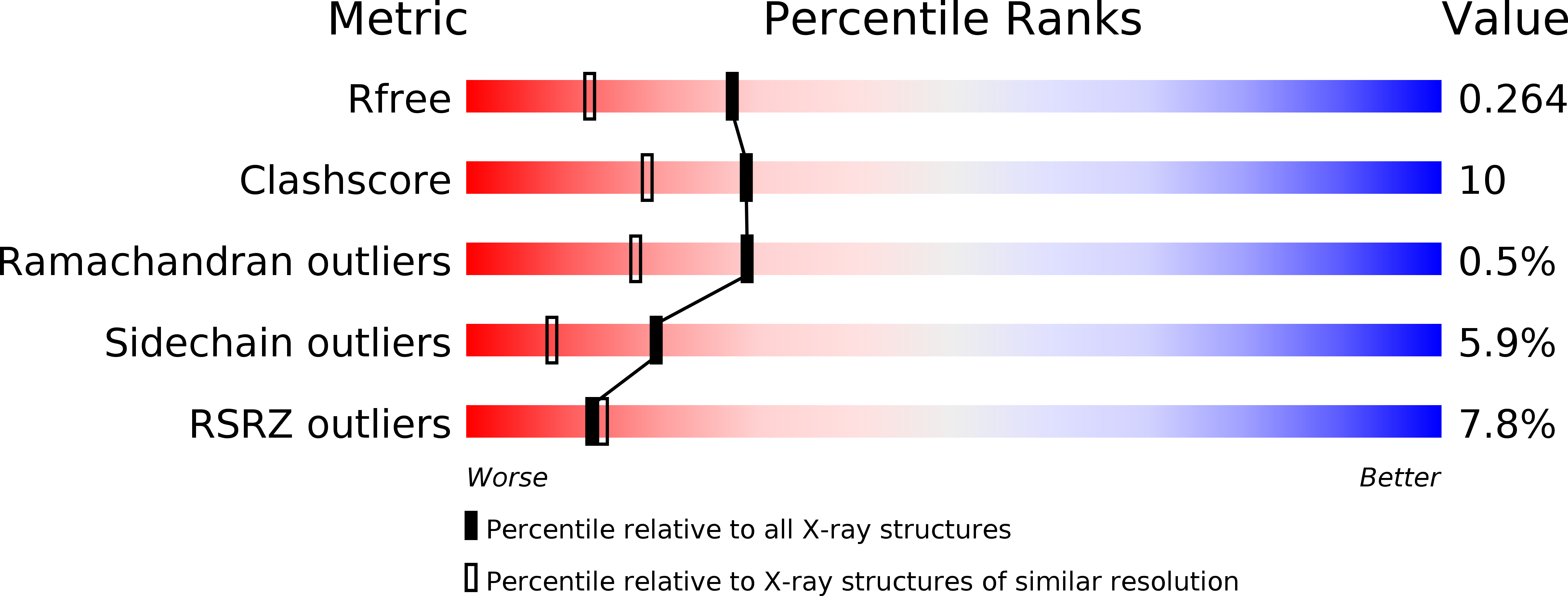
Deposition Date
2001-02-14
Release Date
2001-08-02
Last Version Date
2024-11-13
Entry Detail
PDB ID:
1H8N
Keywords:
Title:
Three-dimensional structure of anti-ampicillin single chain Fv fragment from phage-displayed murine antibody libraries
Biological Source:
Source Organism:
MUS MUSCULUS (Taxon ID: 10090)
Host Organism:
Method Details:
Experimental Method:
Resolution:
1.87 Å
R-Value Free:
0.27
R-Value Work:
0.23
R-Value Observed:
0.23
Space Group:
P 41 21 2


